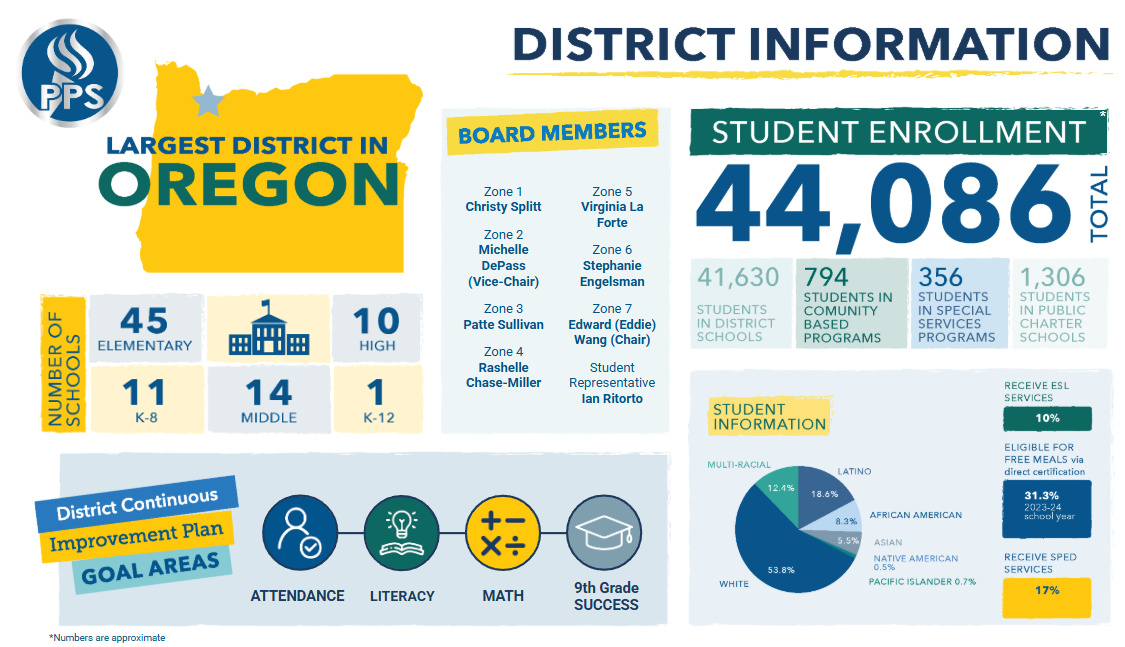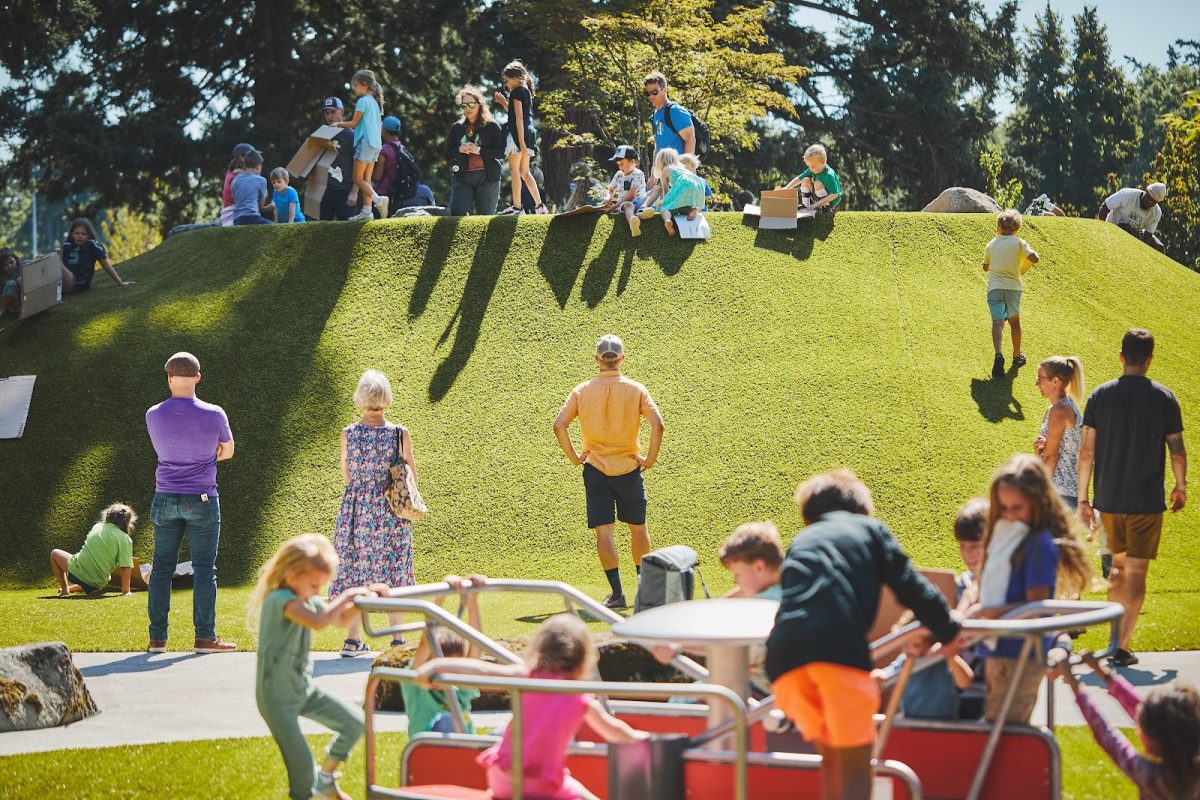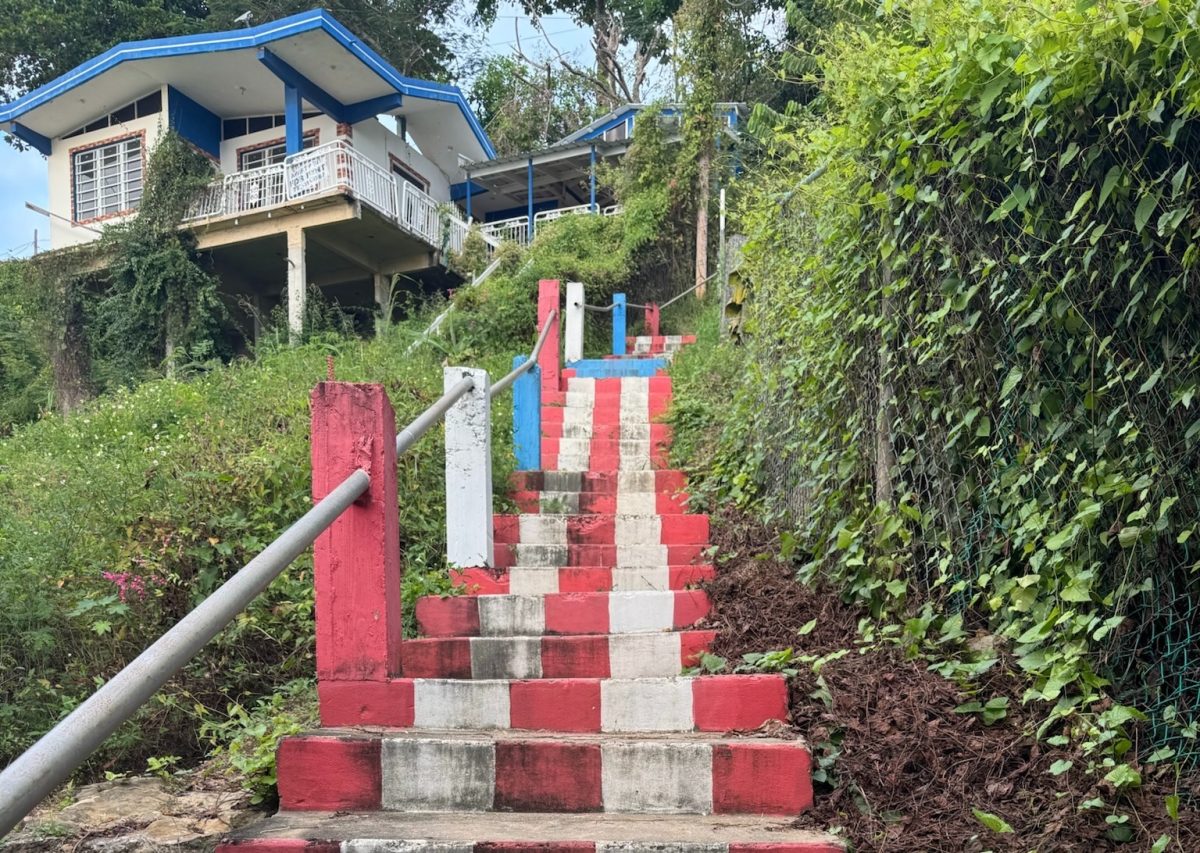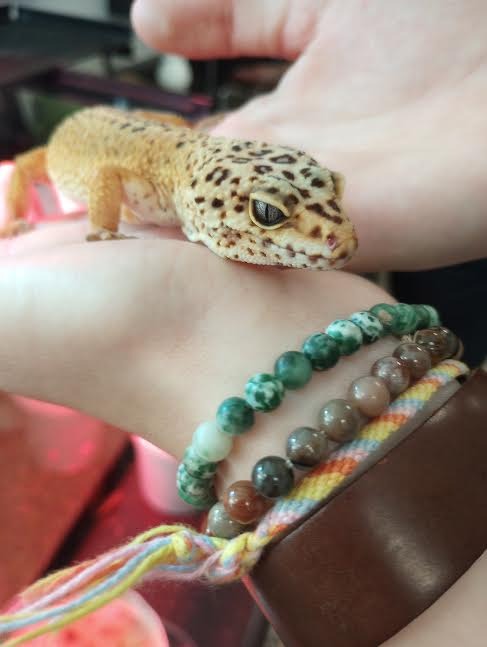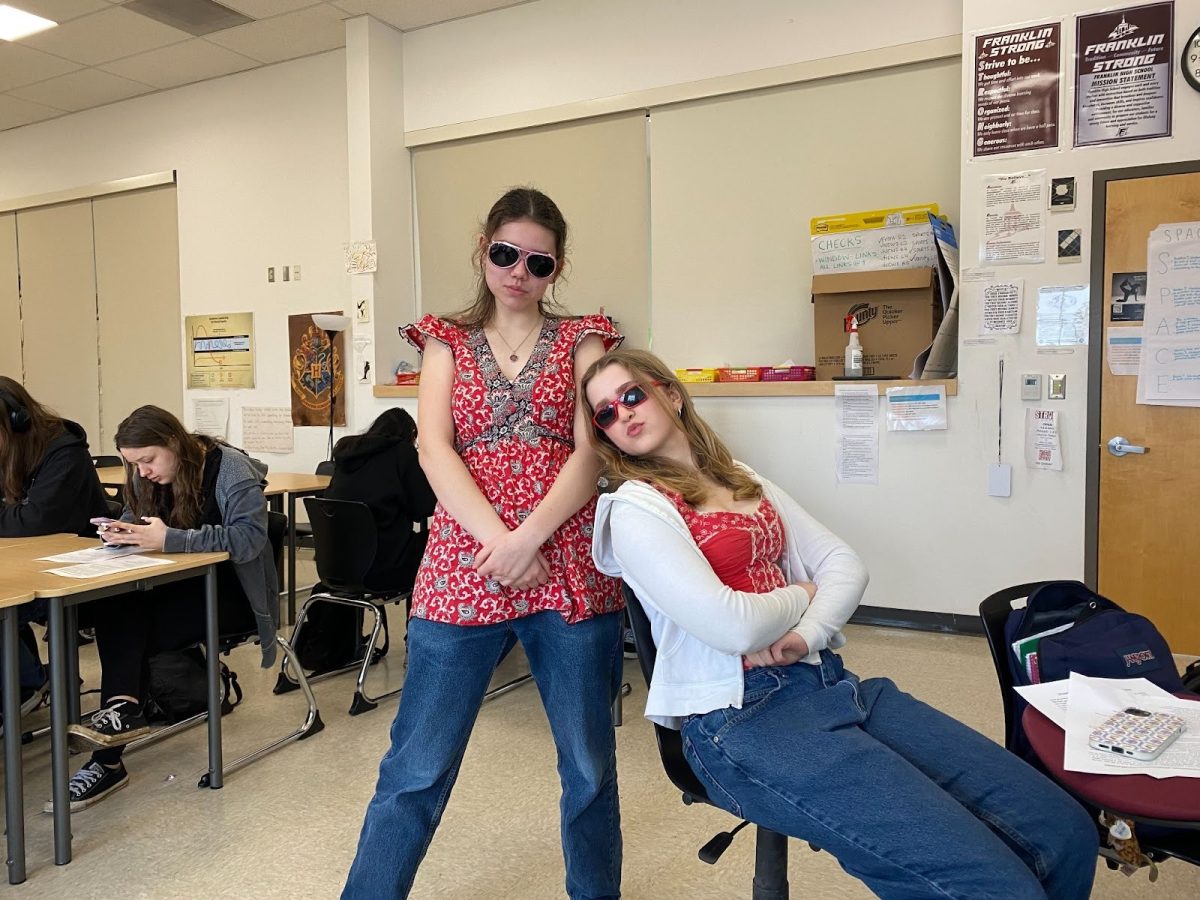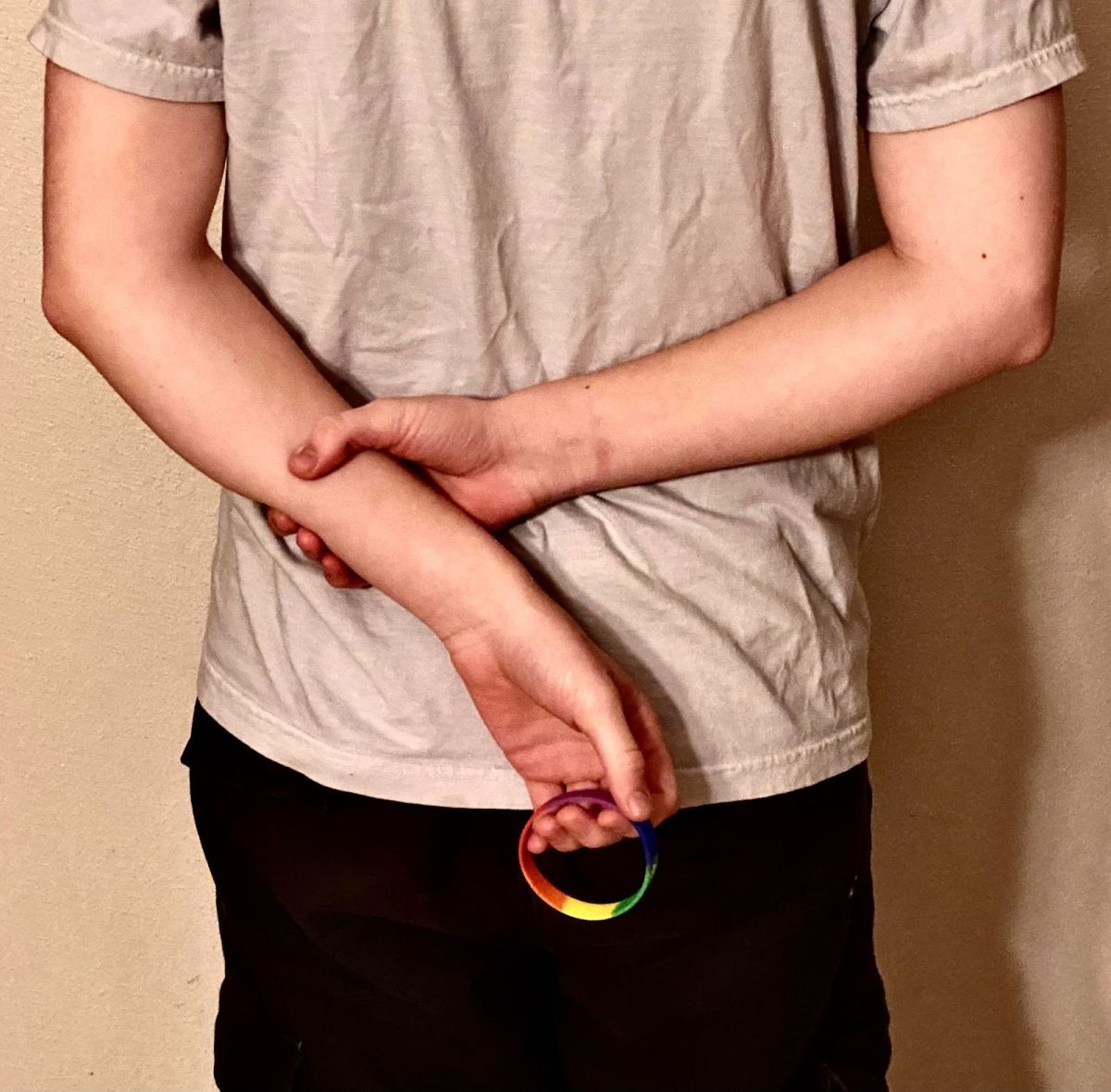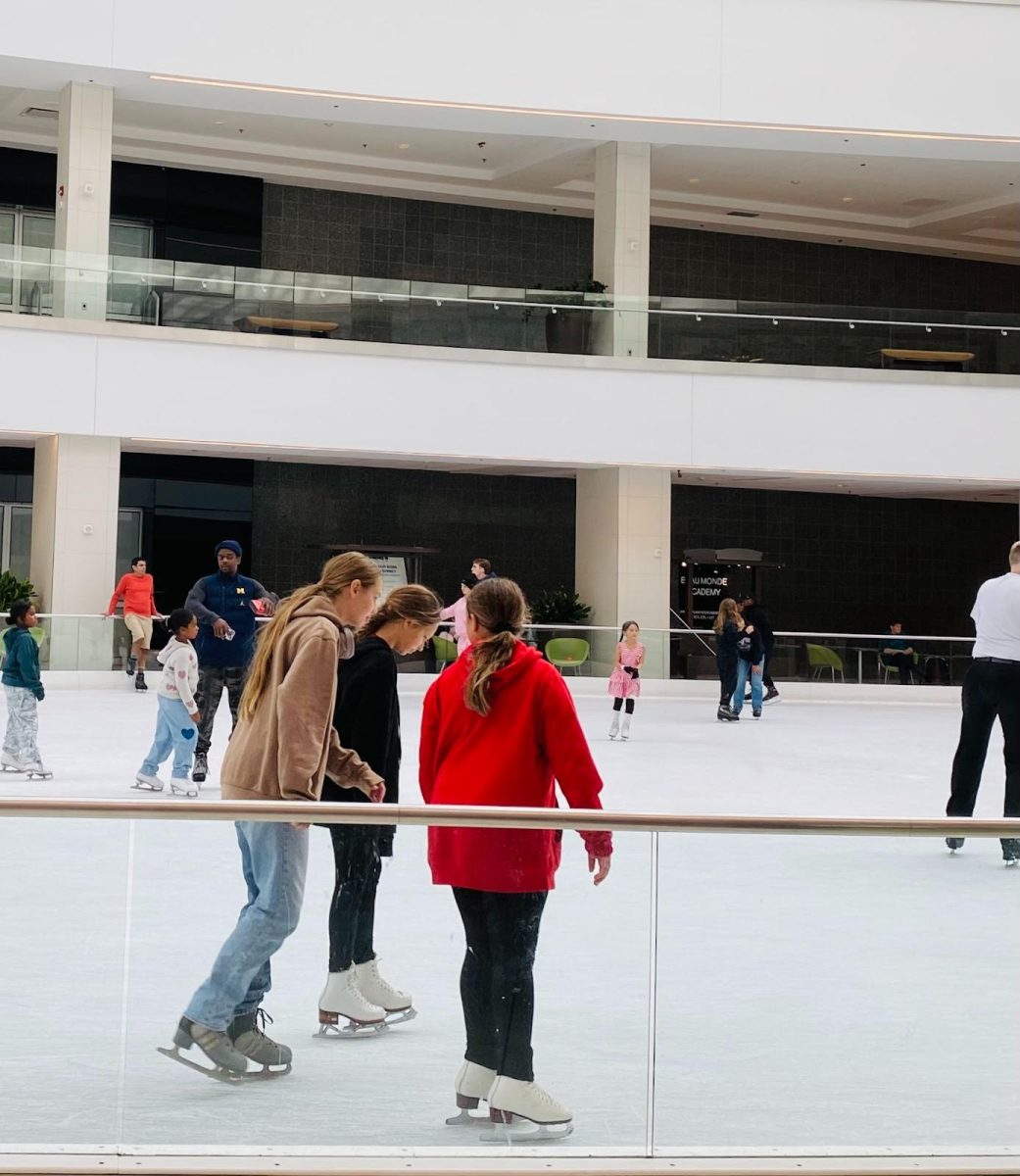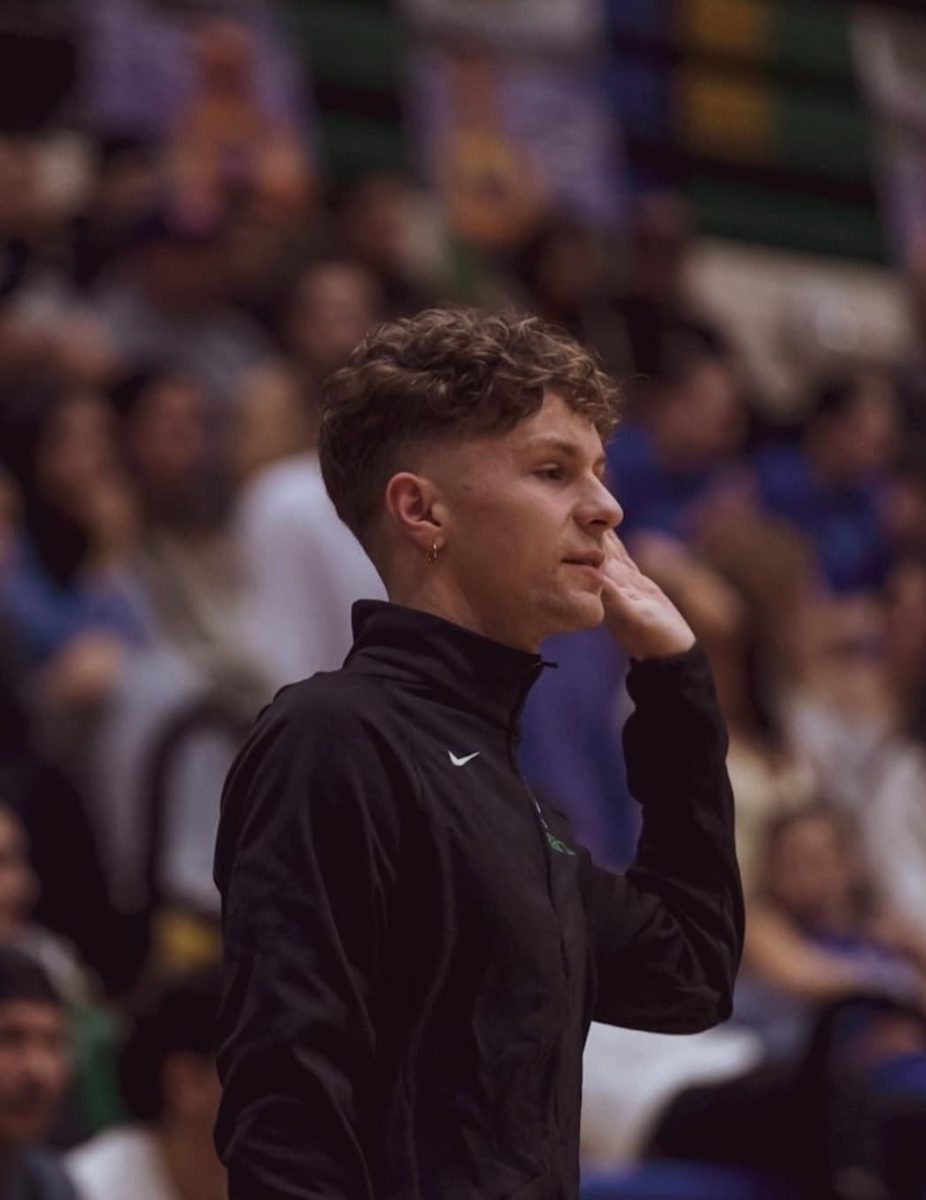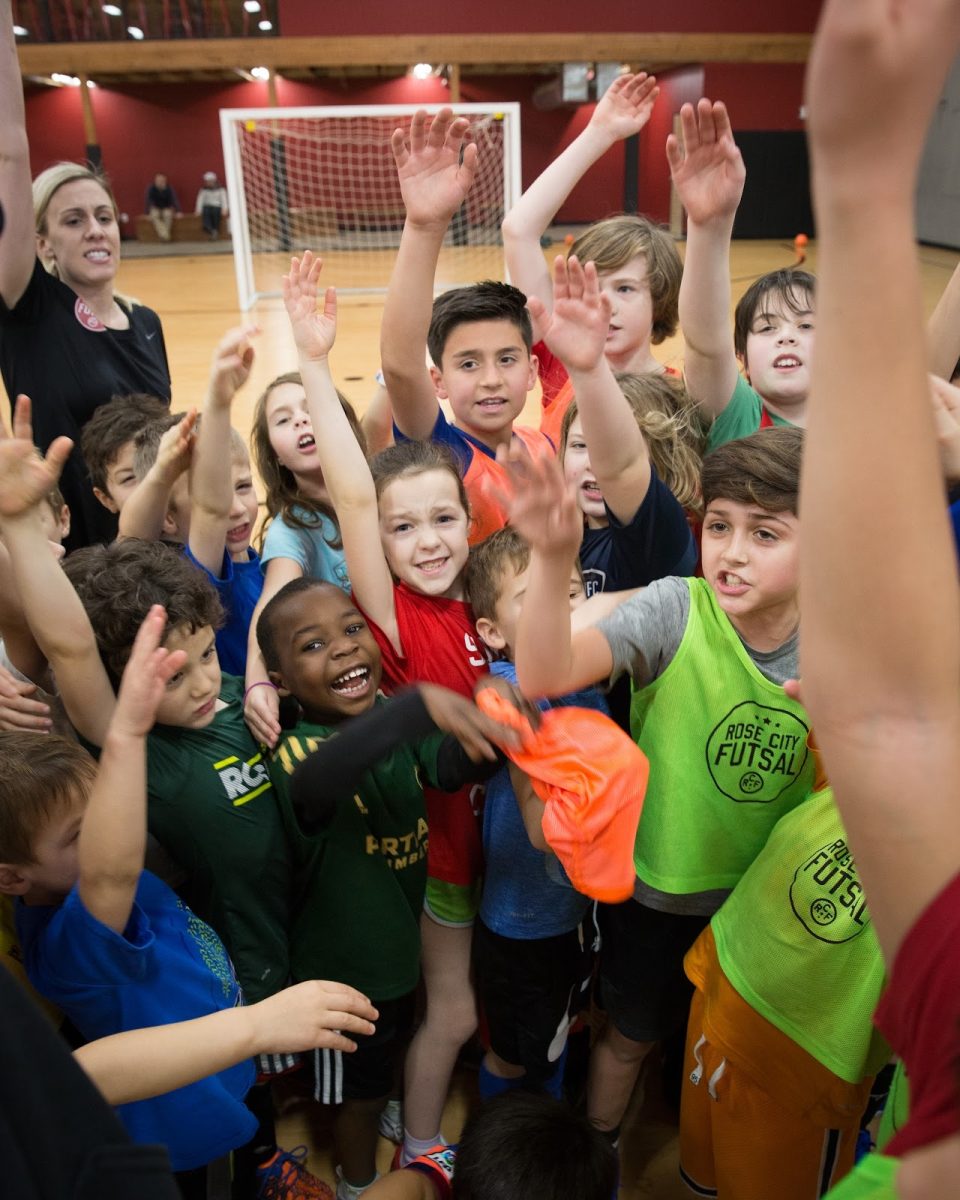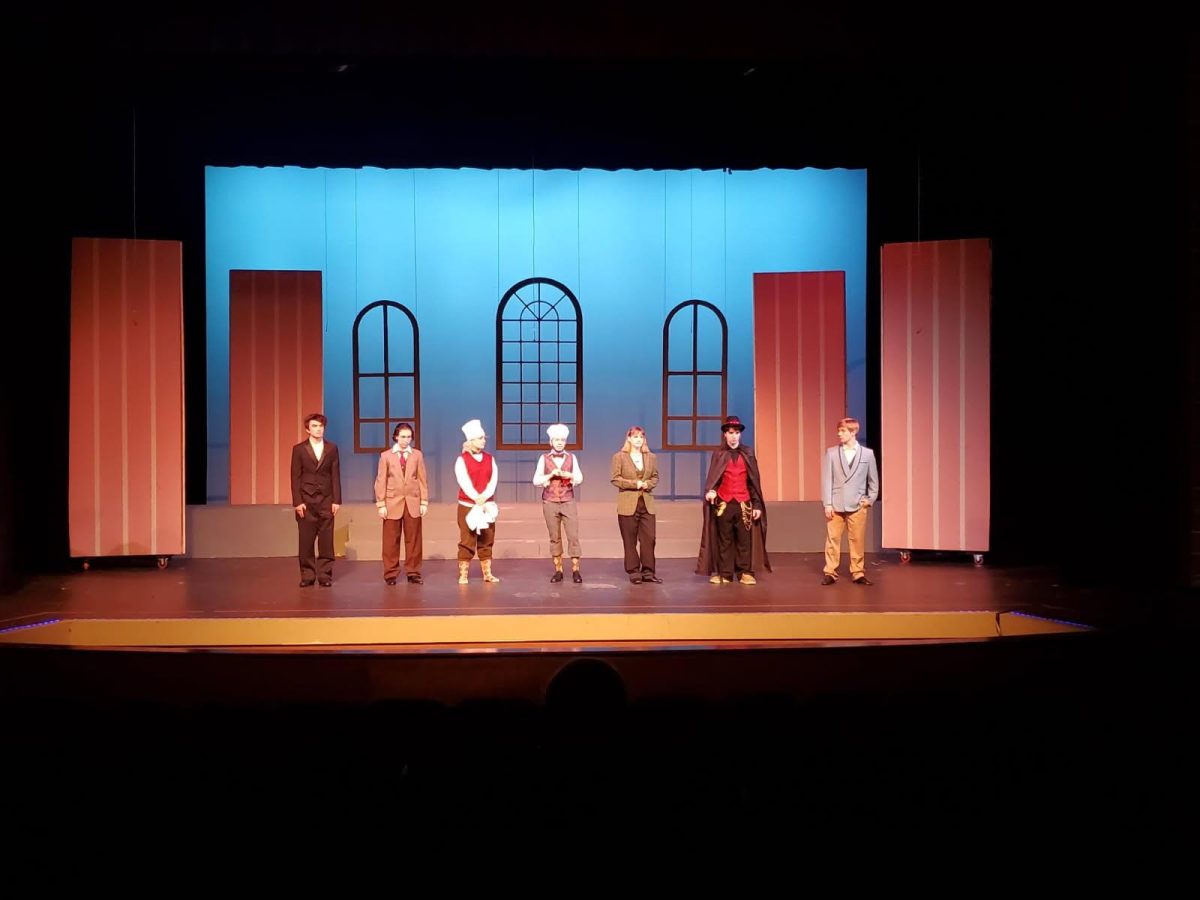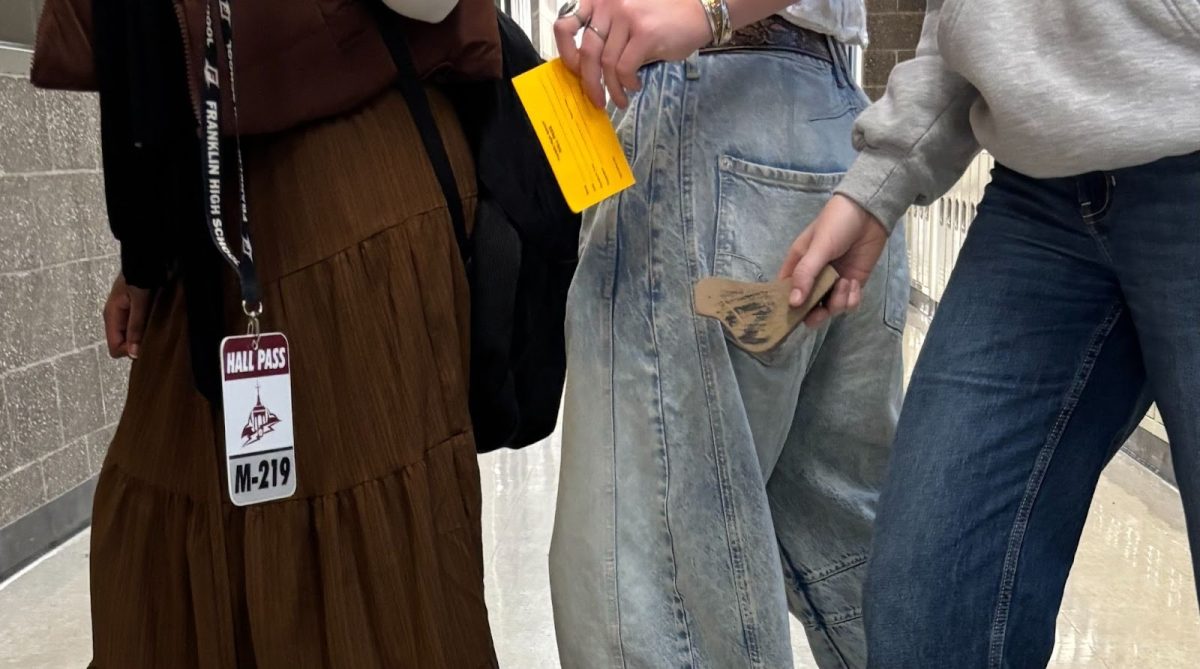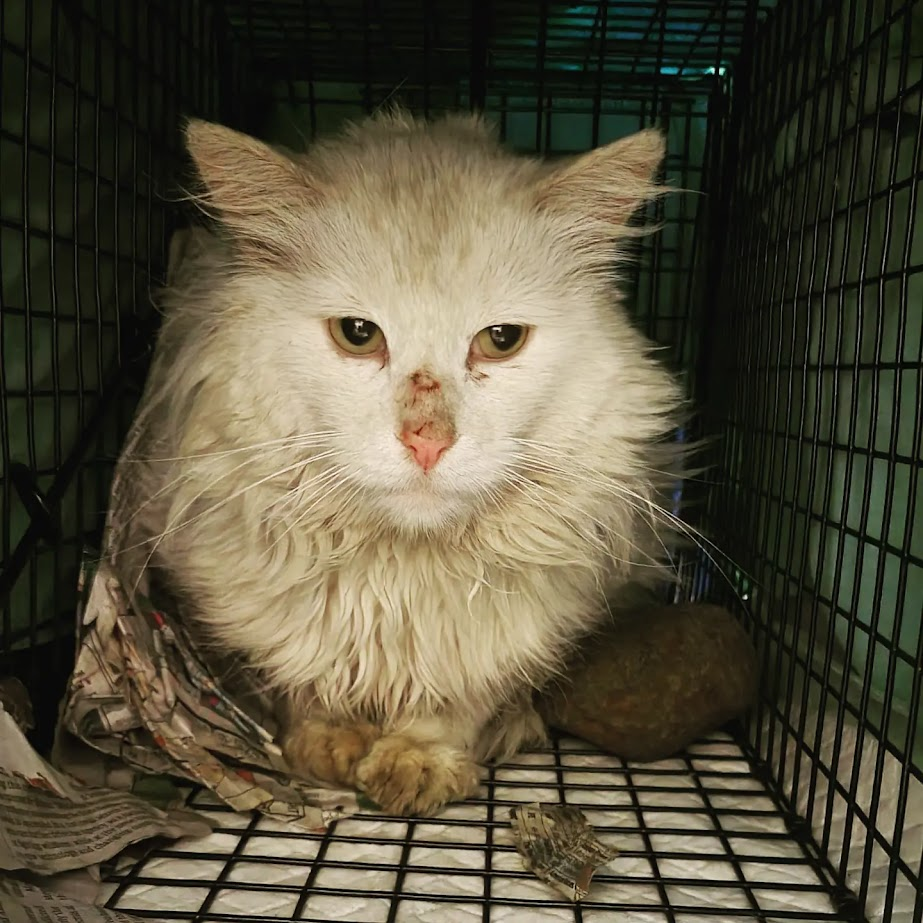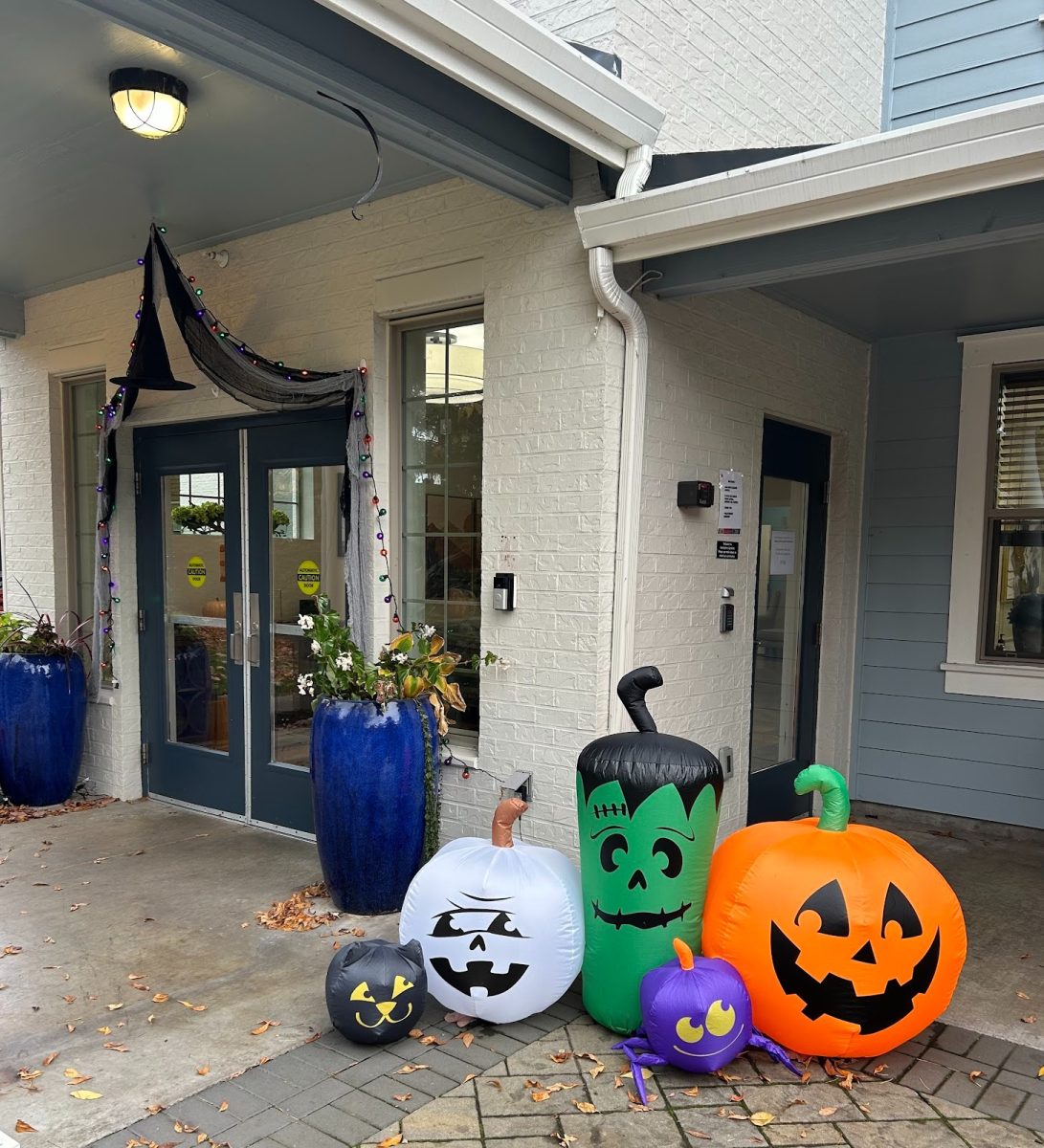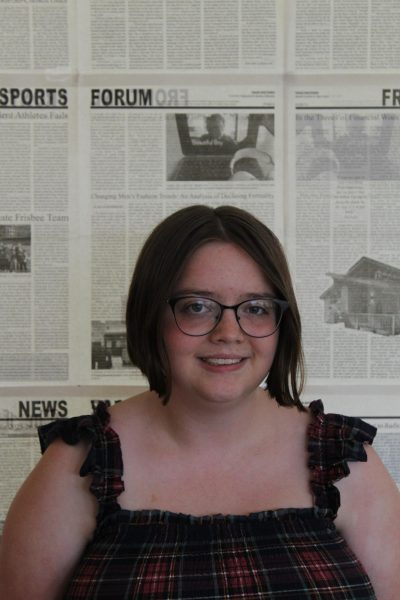Franklin High School is currently home to two work-in-progress gardens. On the west side of the STEM wing is a small, mostly empty strip of land containing nothing but bark chips, some painted rocks, and two raised garden beds. Similarly, on the east side of the gym building students have planted a few native plants, however the garden there remains small.
Before Franklin’s remodel, where the performing arts wing now stands, there was a large garden that included a greenhouse and a “learning garden area.” Unfortunately, all of that was lost in the remodel, and today — almost a decade later — these much smaller projects have barely even begun. However, efforts to change that continue.
Erin McCracken Ferro is a biology teacher at Franklin and one of the major proponents in the ongoing efforts to create a Franklin garden. Ferro began working to create a garden and outdoor classroom area in 2021. She used to be an outdoor education teacher and feels that an outdoor learning environment is very beneficial for students. Ferro explains that it has always been a goal of hers to do as much hands-on and project-based work as possible because, as she says, that type of work has been “proven by research to be a highly effective way for students to connect learning with [the] real world.”
Ferro adds that she has “[seen] kids become a completely different human when they’re outside. The way that they’re able to access their learning is totally different. For some students it means [the difference between] engaging or not [engaging, depending on] if they get to be outside. And it gives students a sense of purpose.” Ferro also thinks that a garden has a lot of potential connections to curriculum, especially biology curriculum, that can be used to help students better understand content.
Megan Whisnand, a teacher of Advanced Placement (AP) Environmental Science, Marine Science, and Climate Justice at Franklin, is a big proponent of “taking a quiet moment and looking at something small.” Whisnand hopes that her own attempts at a garden of sorts will allow people to “[find] some peace and beauty in nature.”
Whisnand has worked to cultivate a “wild area” — full of native flora on the east side of the gym building. She adds, “I am a big believer that the more we can get people to connect with nature the more they will appreciate it, and then the more that they will want to protect it.”
Both Whisnand and Ferro share the hope of creating a space that will benefit students, staff, and nature alike, whether through the use of an outdoor classroom, a restoration of native plants, or just a place to be — pollinator or person.
Science teachers aren’t the only ones working hard to make this idea a reality. Whisnand and Ferro both point to various student-run clubs, including Earth Club and Garden Club, as a huge part of the work being done. In addition, another organization, affiliated with Multnomah County, is working to get a garden growing — the very same who put in the currently existing raised beds — the Student Health Action Council (SHAC).
Nicole Mayer, a program coordinator at SHAC, used to work directly at Franklin, and last year with SHAC students helped install garden boxes. However, they explained that after the beds were installed the project had been put on hold in favor of some others getting completed. And it’s not just SHAC that put their garden project on pause — Whisnand and Ferro’s projects have both been stagnating for a while as well.
Whisnand explains that “as teachers, there’s so much going on, and so many things we’re trying to do well,” making it very difficult to fully complete a project of this magnitude. Ferro, too, laments that “doing a project like a garden, as a classroom teacher, on my own, is really difficult … there are so many logistics, and then I had to go through the hoops of getting it approved.” The closest Whisnand thinks she ever got to breaking ground on a garden was just before lockdown, which evidently stopped any progress. Both teachers also expressed the challenges of maintaining any sort of garden at a school, especially when nobody is at school to maintain the garden for the entire summer.
However, there has recently been some progress made. Enough that Ferro says she feels, “we have the most momentum right now that we’ve had since it first started coming to fruition a couple years ago.” Ferro currently has a grant awarded from the Parent Teacher Student Association (PTSA) for $500. On March 6, Ferro had a meeting with a member of the Backyard Habitat Certification Program who would like to go by Catherine. This program works to expand wildlife corridors and authors certification for native restoration areas. Ferro and Catherine met about what native plants would work best for the area and how to get started with the project, as well as eventually becoming Backyard Habitat certified.
No one knows exactly when anything will happen — although Ferro says to keep an eye out for a possible Earth Day event — but looking forward Ferro says she would hope to eventually see the STEM wing garden “lush with native plants … [with] pollinators buzzing around, kids sitting out there studying or having lunch. I want classes to be able to come out, have biology classes monitoring plant growth.” Whisnand, Ferro, and Mayer all agree that the community garden projects hold huge potential for collaboration, from wood and metal shop, to culinary classes, to the science and art departments, and even creative writing classes. Mayer says she envisions, “benches, maybe some picnic tables, maybe some fencing around that area … art on the wall, sculptures in the garden … just things that will make it a welcoming space for all people.”
Each also strongly encourages anyone and everyone interested in Franklin’s garden development to contact any of them and get involved. Ferro says, “I want it to be student-centered, I don’t want to take charge of this. I want students to have control over it, and I want them to see what they want in a space like this come to fruition.” If you are interested in this opportunity, you can reach out to Ferro’s email at emccrackenferro@pps.net.
The efforts to create a Franklin garden are many and varied, but what they have in common is the goal of building something beautiful for the benefit of students, staff, and nature. The potential a garden holds is great, and though the work has stalled in the past, the projects today are moving forward stronger than ever, with the same hope of creating something truly amazing.


